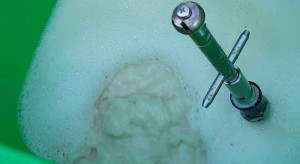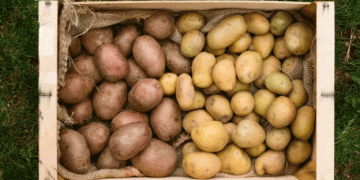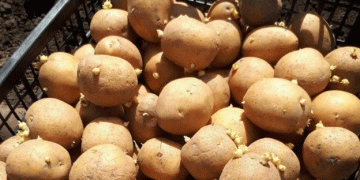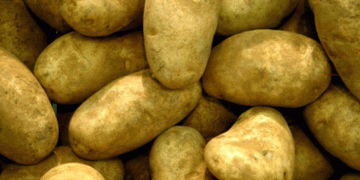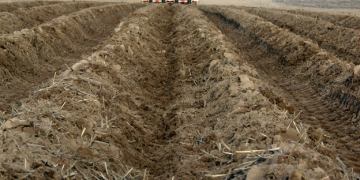- When not to mixing agrochemicals?
- First of all, it is always worth carrying out a miscibility test to check the compatibility of individual components of the tank mixture.
- The formulation of the products is very important for the compatibility, but also for the effectiveness of the active substances of the tank mixture.
Weather extremes force farmers to act faster and faster, because the operating windows are also getting shorter. One of the ways to use these periods of optimal weather is to combine plant protection treatments with foliar feeding. How to do it safely and effectively?
It is necessary to pay attention to several rules that allow you to get rid of problems when making tank mixing. Even though they do not always contribute to the “perfect” mixture. Because there are many factors that can limit the miscibility, and thus the effect, of the prepared solution. It should also not be forgotten that in the final stage the effectiveness may be hampered by the course of the weather itself, e.g. frost or technical efficiency of the sprayer.
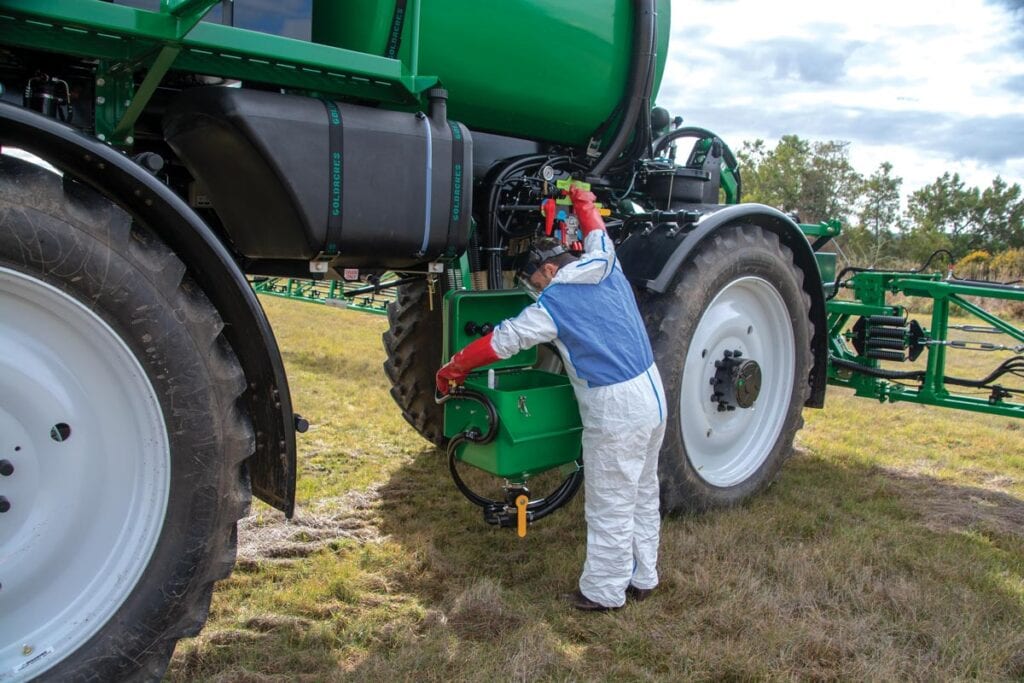
However, it is worth remembering that the possibility of using different agrochemicals together should be excluded when there is a chemical incompatibility or possible phytotoxicity. When, after mixing two or more components, the solution becomes cloudy, discoloration, foaming and the so-called bubbles as well as sediment.
Always read the pesticide or fertilizer label manual before mixing individual components. It is best to use the mixtures immediately after preparing the solution.
Miscibility test
First of all, it is worth making a miscibility test to check that the mixture will dissolve first of all and not stick to the sprayer. Depending on the source, it is recommended to use 1 liter of water (or according to other scientists: 10-15 liters). Remembering to give a proportional amount of ingredients that should be calculated with pharmacy precision. Because there are many factors, such as nutrients, such as phosphorus (in the form of phosphoric acid), which can affect the delamination of the mixture.
Water quality
Water is very important. It is usually impossible for a farmer to change its source on the farm, so it would be good for him to know the quality. There are several aspects to consider. Its hardness – because in too hard water most pesticides, especially herbicides, work worse. Its temperature, because it can degrade the compatibility of the mixture. Too cold – below 10 ° C affects the precipitation of sediment at the bottom of the sprayer tank. It is good if it oscillates around the ambient temperature.
Its reaction, bearing in mind the principle that an increase in temperature causes a decrease in water pH. The optimal water pH range is 5-6, but of course there are some exceptions. How to improve water quality? Using e.g. water conditioners. We should start preparing the tank mixture with their use, when we know that the previously mentioned water quality leaves much to be desired. Its quantity is also important. In the case of a complex mixture, specialists recommend its higher amounts, i.e. at least 200-300 l per ha under field conditions.
Formulation of measures
The next step is to add macronutrients, then micronutrients, and then finally plant protection products. In this case, the principle of the so-called ZERO, from the first letters of administration in the order of individual formulations of preparations, i.e. 1. Suspensions (WG, WP), 2. Emulsions (EC, EW, EG, SE), 3. Solutions (SL, SP, SG) and 4. OD (oil suspension).
It should also be remembered that adding individual formulations of agents to the sprayer tank is very important, because each of them also consists of many factors that may be of different quality, e.g. the amount of the active substance, its chemical form or form of the nutrient, and co-formulants or adjuvants, wetting agents and improvers that the farmer may not notice in the label-instruction. Of course, there may be deviations due to the water source, the different pH, the solubility of the two pesticides from different formulations.
READ MORE Mixing agrochemicals in practice
Fertilizer manufacturers provide tables for mixing foliar fertilizers on their websites, it is worth paying attention to this. And which foliar fertilizers are best used in mixtures? One should not pay attention to the nutrient content of a given fertilizer, as it can be misleading. Its solubility and bioavailability are important. For example, chelated or complex fertilizers are water-soluble, and usually form clear solutions, without sediments and precipitations, which do not clog the sprayer filters and allow for an effective treatment.
Practical aspects of mixing pesticides with fertilizers
– Following the rules and selecting the correct fertilizers and plant protection products is the key to an effective protection and fertilization treatment. First of all, let’s take care of the water to soften it and lower the pH, which will make both fertilizers and plant protection products dissolve faster and better. For this purpose, we can use a water conditioner, eg Proaqua – advises Radosław Wilk from Intermag.
As she adds, the next step is to choose the correct form of micronutrients. The best and fastest digestible are forms of amino acid complexes in which the microelement is combined with glycine, the smallest and most mobile amino acid.
– This solution will provide us with compatibility and a quick effect of plant nutrition, even in difficult growing conditions. An example of such a product is the Amino Ultra series of fertilizers. Always dissolve loose fertilizers and then liquid fertilizers first, and stick to the “ZERO” principle. Let’s use the fertilizer-plant protection compound mixing tables prepared by specialists, which verify the compatibility of individual products, added Wilk.

